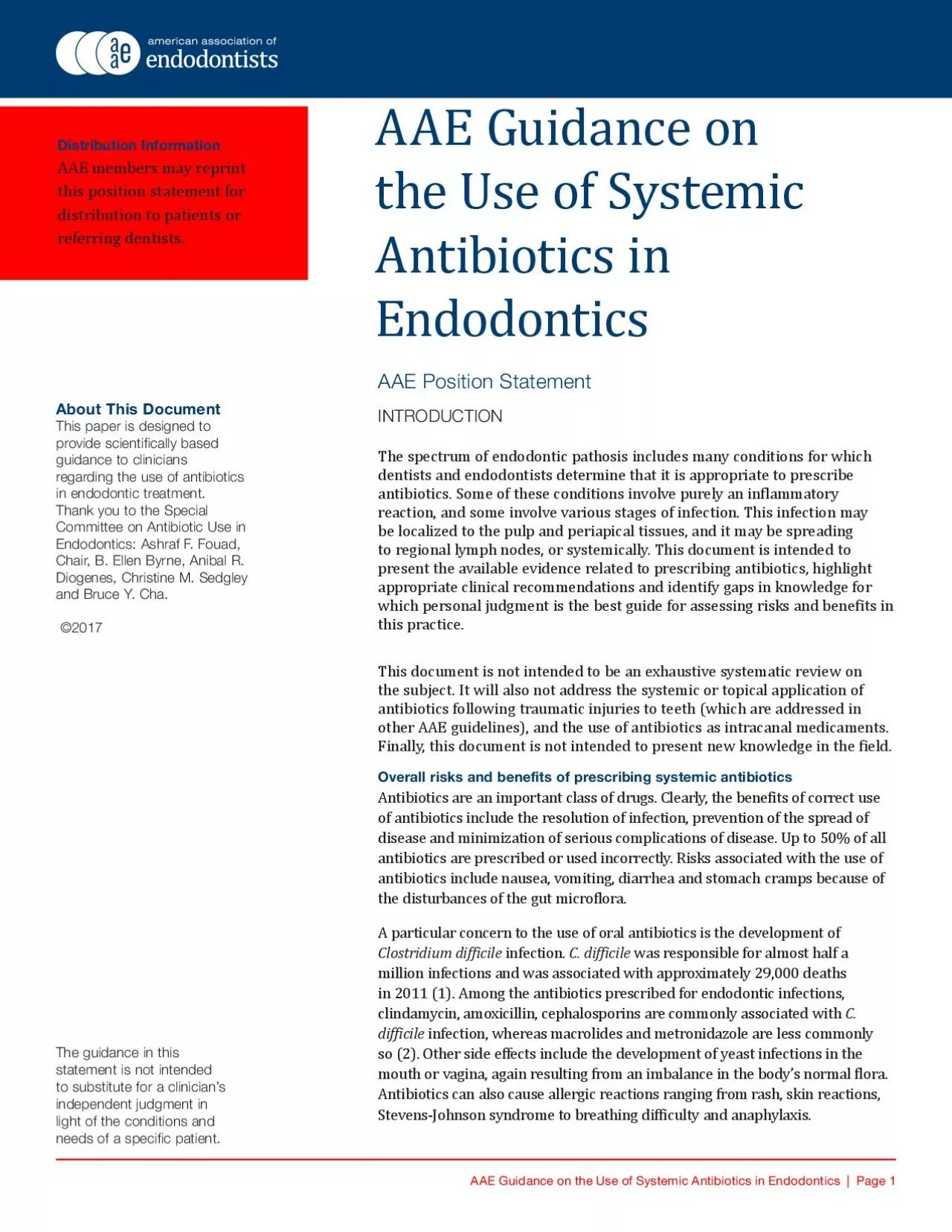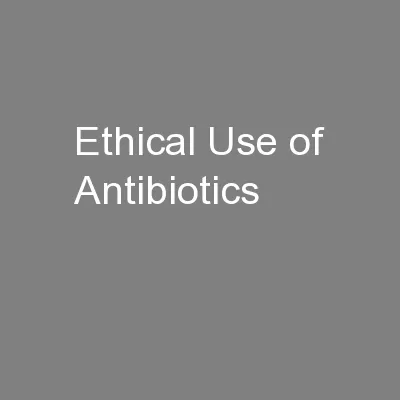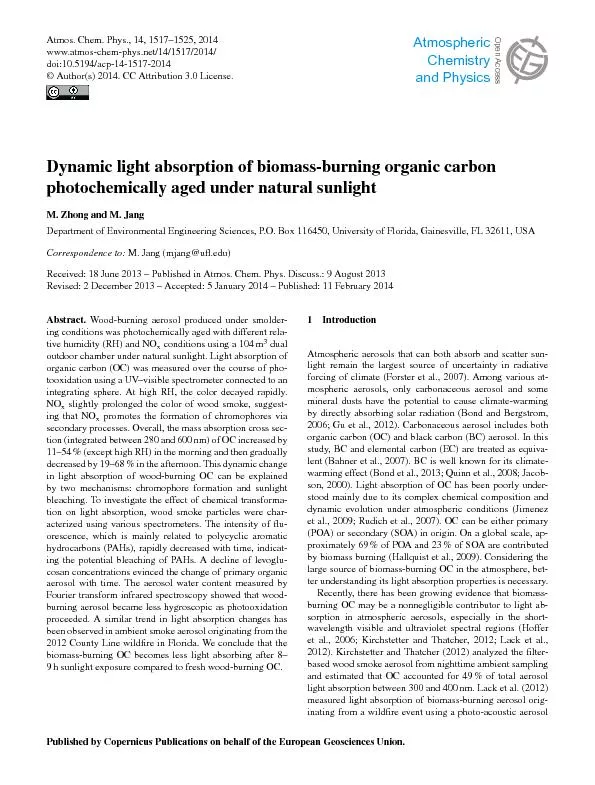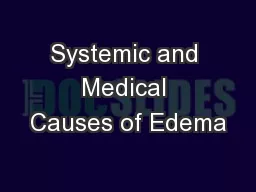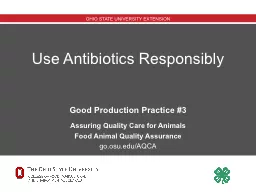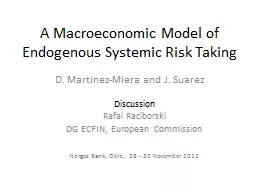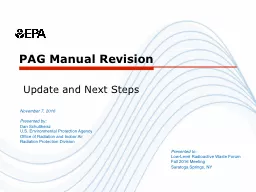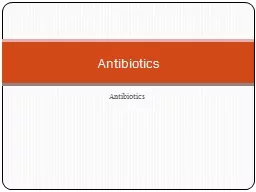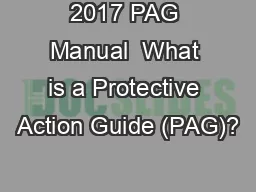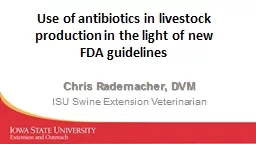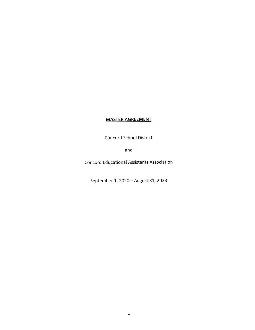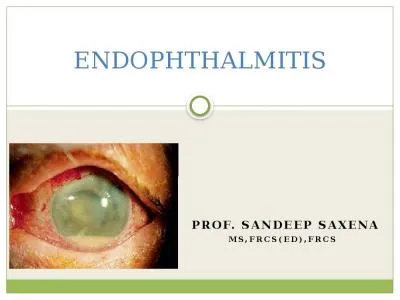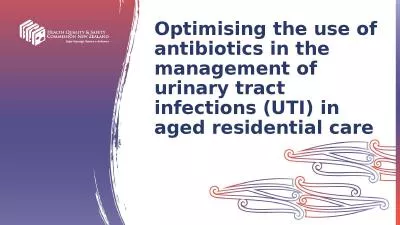PDF-AAE Guidance on the Use of Systemic Antibiotics in Endodontics Pag
Author : jasmine | Published Date : 2022-09-06
AAE Position Statement The spectrum of endodontic pathosis includes many conditions for which dentists and endodontists determine that it is appropriate to prescribe
Presentation Embed Code
Download Presentation
Download Presentation The PPT/PDF document "AAE Guidance on the Use of Systemic Anti..." is the property of its rightful owner. Permission is granted to download and print the materials on this website for personal, non-commercial use only, and to display it on your personal computer provided you do not modify the materials and that you retain all copyright notices contained in the materials. By downloading content from our website, you accept the terms of this agreement.
AAE Guidance on the Use of Systemic Antibiotics in Endodontics Pag: Transcript
Download Rules Of Document
"AAE Guidance on the Use of Systemic Antibiotics in Endodontics Pag"The content belongs to its owner. You may download and print it for personal use, without modification, and keep all copyright notices. By downloading, you agree to these terms.
Related Documents

